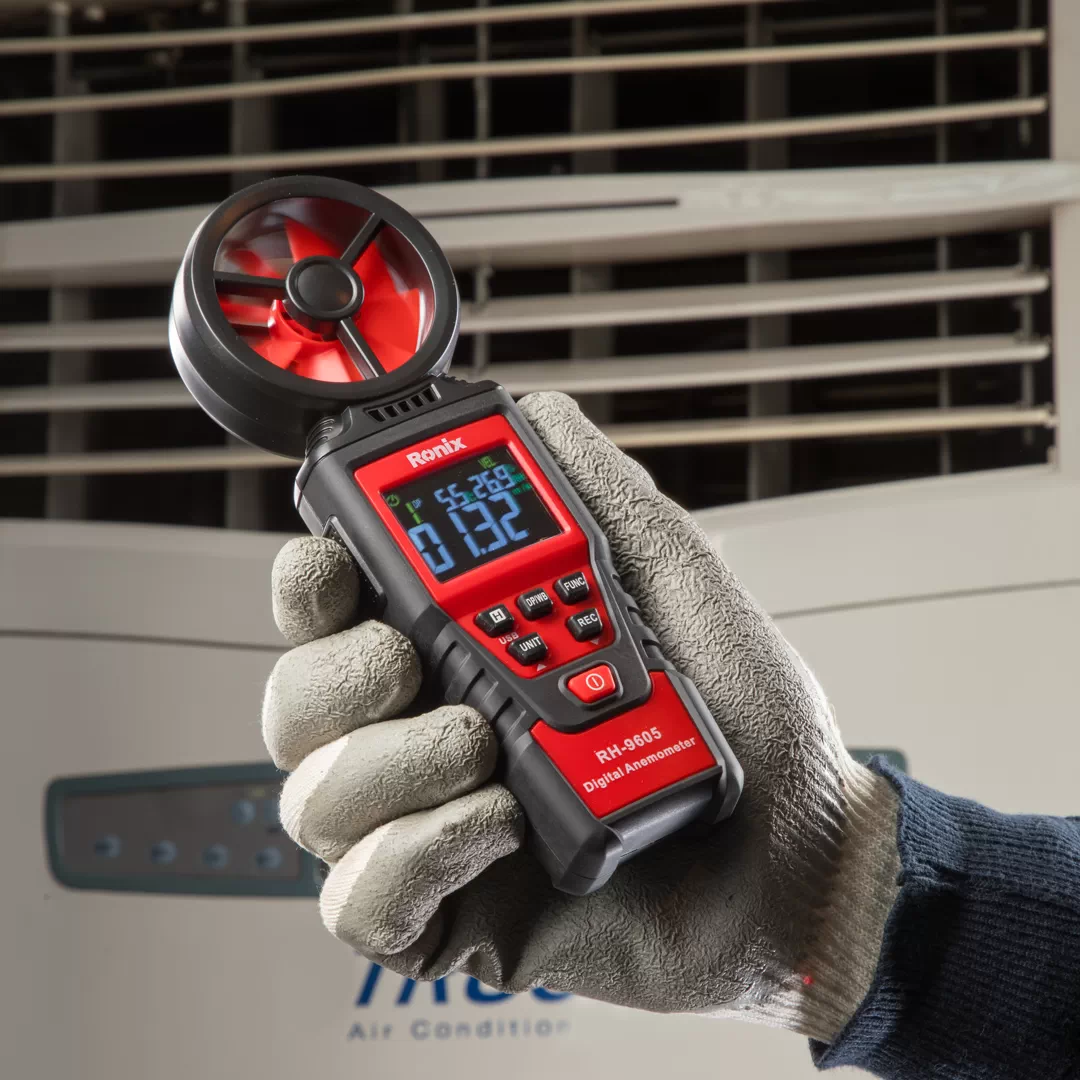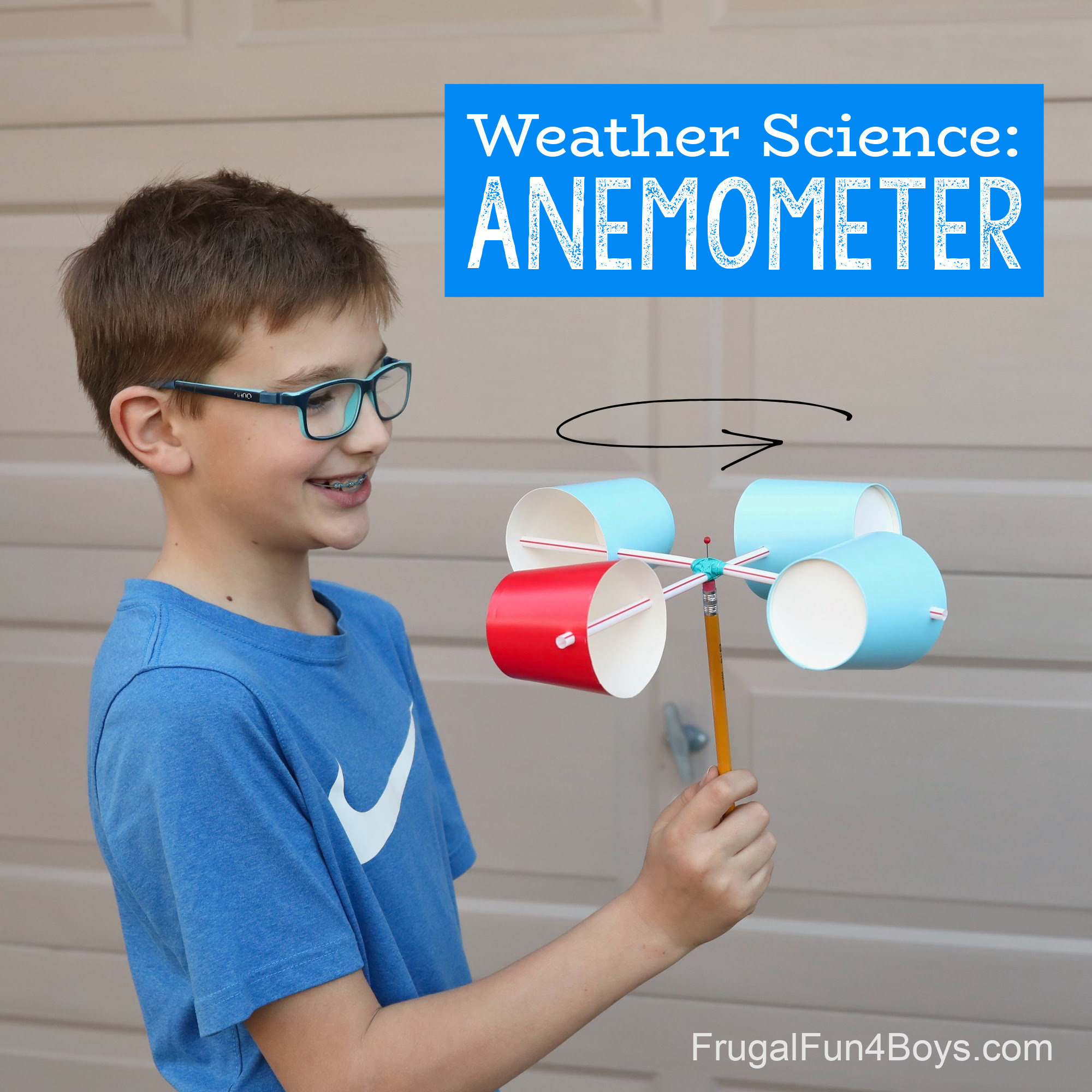Anemometers Revealed: Comprehending Their Relevance in Ecological Tracking and Precaution
The duty of anemometers in environmental monitoring and security measures is usually undervalued, yet their significance is obvious. From meteorology to aeronautics security, anemometers play a critical role in giving precise information that informs decision-making procedures and boosts general safety.
Background of Anemometers
The advancement of anemometers can be traced back to the ancient people where rudimentary wind gauging tools were initial made use of. One of the earliest known anemometers was the hemispherical cup anemometer designed by Leon Battista Alberti in the 15th century.
Over the years, developments in innovation led to the development of even more modern-day anemometers, consisting of ultrasonic anemometers and laser Doppler anemometers, using boosted precision and efficiency in determining wind speed and instructions. The background of anemometers showcases an exceptional journey of advancement and development in the field of meteorology.
Sorts Of Anemometers
Throughout the area of weather forecasting, numerous sorts of anemometers have been created to precisely gauge wind speed and instructions. One of the most typical kind is the mug anemometer, which includes three or 4 cups mounted on straight arms that turn with the wind. As the cups rotate, the speed at which they revolve is directly proportional to the wind rate. Another extensively utilized kind is the vane anemometer, which includes a tail or fin that aligns itself with the wind direction. This placement enables the tool to establish the wind direction. Sonic anemometers make use of ultrasonic signals to determine wind speed and instructions precisely. They are commonly utilized in research applications because of their high precision. Hot-wire anemometers run based on the concept that the cooling impact of wind on a warmed wire is proportional to the wind rate. These anemometers are suitable for measuring low wind speeds with high precision. Each type of anemometer has its staminas and is picked based on the certain requirements of the monitoring task at hand.
Applications in Meteorology
Having reviewed the various types of anemometers utilized in meteorology for determining wind rate and instructions, it is important to explore their functional applications in the area. Anemometers play a crucial function in meteorology by supplying accurate and real-time data on wind conditions (anemometer). Meteorologists utilize anemometers to keep an eye on wind speed and instructions to forecast climate patterns, problem warnings for severe weather events like cyclones, Recommended Site storms, and tornadoes, and analyze weather for air travel safety
In meteorology, anemometers aid in understanding neighborhood and local wind patterns, which are essential for anticipating weather changes and identifying weather fads. These gadgets are additionally utilized in research to research microclimates, metropolitan heat islands, and air contamination dispersion. Additionally, anemometers are used in agriculture to optimize plant administration practices, such as watering and pesticide application, based upon wind conditions.
Importance in Aviation Security
An important facet of making certain aviation security lies in the careful surveillance of wind conditions using anemometers. Anemometers play a critical duty in aviation by giving real-time data on wind rate and direction, assisting pilots in making educated decisions throughout liftoff, flight, and touchdown. Unpredictable and solid winds can dramatically affect airplane operations, try here making it vital for aviation authorities to depend on precise wind dimensions to ensure the safety and security of passengers and crew.

In the dynamic setting of aviation, where also minor adjustments in wind speed and direction can have extensive results, anemometers stand as vital tools for advertising secure and protected flight.
Duty in Environmental Research
Anemometers play a critical duty in ecological study by providing vital data on wind speed and direction. By precisely determining wind attributes, anemometers help researchers analyze the movement of pollutants in the air, assess the impact of industrial exhausts, and forecast the spread of pollutants in the environment.


Verdict
In final thought, anemometers have played a crucial duty in environmental monitoring and safety and security procedures. Understanding the value of anemometers is necessary for accurately gauging wind speed and instructions, which is important for predicting climate patterns, making sure risk-free aeronautics operations, and performing ecological researches.
One of the earliest known anemometers was the hemispherical cup anemometer developed by Leon Battista Alberti in the 15th century. Over the years, improvements in technology led to the growth of even more contemporary anemometers, consisting of ultrasonic anemometers and laser Doppler anemometers, offering enhanced accuracy and efficiency in measuring wind rate and direction. Hot-wire anemometers run based on the principle that the cooling impact of wind on a heated cable my link is proportional to the wind rate. Meteorologists utilize anemometers to monitor wind speed and instructions to anticipate weather condition patterns, problem cautions for severe weather occasions like storms, cyclones, and hurricanes, and analyze climatic conditions for aviation security.
Comprehending the value of anemometers is vital for properly gauging wind rate and instructions, which is vital for anticipating weather condition patterns, making certain secure aeronautics procedures, and performing environmental research studies. (anemometer)
Comments on “Professional Tips for Calibrating Your Anemometer for Optimal Performance”